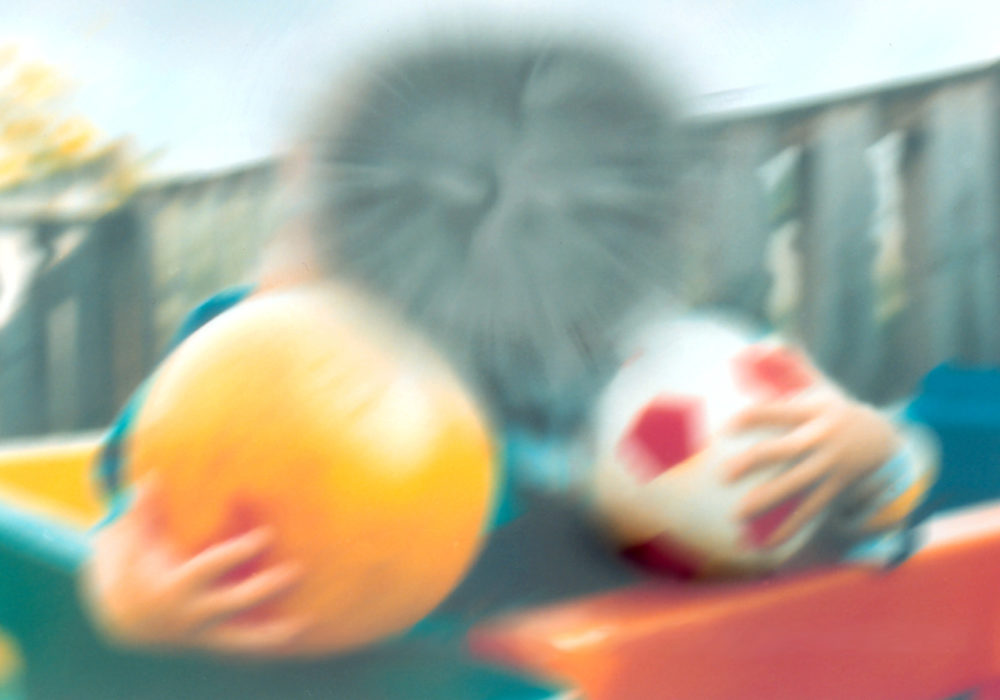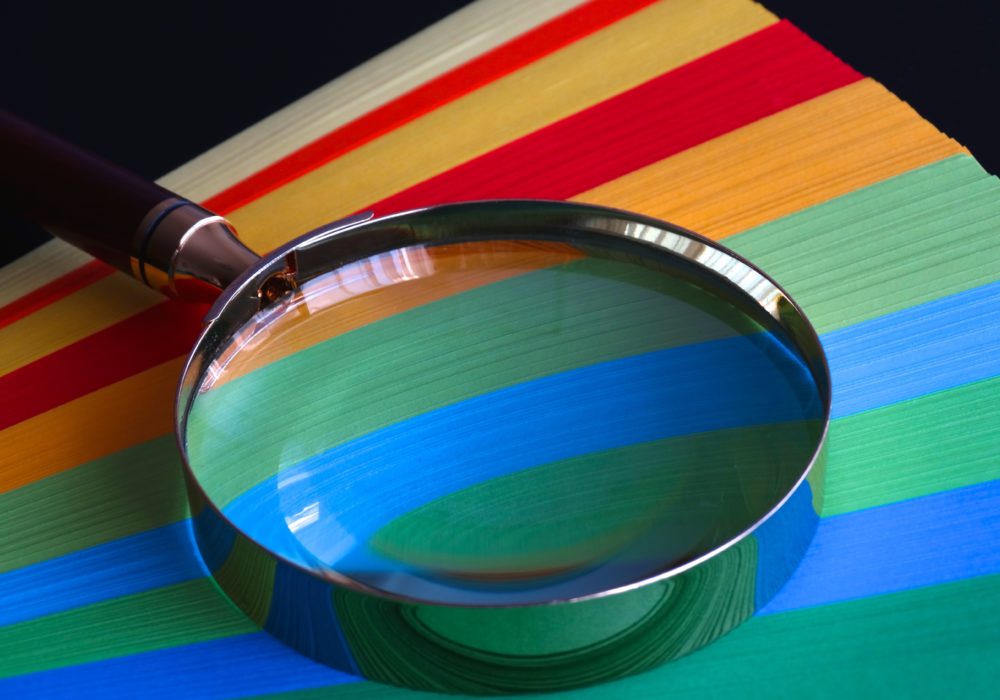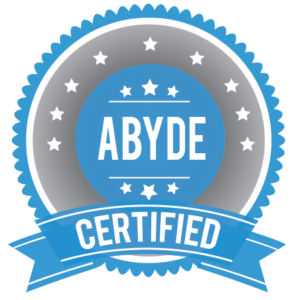As a disease usually associated with aging, macular degeneration is also called age-related macular degeneration (ARMD), though there are other, less common types of macular degeneration.
Age-related macular degeneration is the leading cause of vision loss in Americans over age 60, and presents itself in two forms: dry macular degeneration and wet macular degeneration. Of the two, the “dry” form is far more common. Both affect the center region of the retina, the light-sensitive area in the back of the eye responsible for processing images we see. Nearly 90% of all diagnosed ARMD is the dry form.
Caucasians are far more likely to lose vision from ARMD than African Americans, and studies show that obesity, smoking, and exposure to UV rays may also be risk factors for developing the disease. Macular degeneration tends to affect women more than men, and has also been linked to heredity.
Macular degeneration symptoms include a gradual loss of central vision needed to perform everyday tasks like driving or reading, and a reduced ability to see small visual details like fine print or patterns.
Non-Neovascular
Non-Neovascular, otherwise known as Dry AMD, is the most common form of the disease, making up about 85%-90% of all cases of AMD. It is characterized by blurred central vision or blind spots, as the macula begins to deteriorate. Dry AMD is an early stage of the disease and is less severe than the wet form,.
Dry AMD occurs when the aging tissues of the macula begin to thin out and break down. Tiny pieces of white or yellowish protein called drusen begin to appear, which are thought to be deposits from the macular tissue as it deteriorates. The appearance of these drusen are often what leads to a diagnosis of AMD during an eye exam.
With dry AMD vision loss happens gradually, however, the dry form can progress to wet AMD rapidly. There is currently no cure for dry AMD, however there is research that shows that some people can benefit from supplemental vitamin therapy including antioxidants, lutein and zeaxanthin.
Neovascular
Neovascular, better known as Wet AMD, is less common occurring in only about 10 percent of those with AMD. AMD is classified as Wet AMD when abnormal blood vessels begin to grow under the retina and leak fluid and blood into the macula, resulting in blind spots and a loss of central vision. Wet AMD can cause more damage to vision and permanent scarring if not treated quickly, so any sudden blur in vision should be assessed immediately, especially if one is aware that they have AMD. Usually vision loss happens faster and is more noticeable than in dry AMD so the quicker it is treated, the more vision you can preserve.
Treatment for Macular Degeneration
There are no FDA-approved treatments for dry macular degeneration, although nutritional intervention may be valuable in preventing its progression to the more advanced, wet form.
For wet macular degeneration, there are several FDA-approved drugs aimed at stopping abnormal blood vessel growth and vision loss from the disease. In some cases, laser treatment of the retina may be recommended.
Although much progress has been made recently in macular degeneration treatment research, complete recovery of vision related vision loss is probably is unlikely. Your eye doctor may ask you to check your vision regularly with an Amsler grid – a small chart of thin black lines arranged in a grid pattern. Macular degeneration causes the line on the grid to appear wavy, distorted or broken. Viewing the Amsler grid separately with each eye helps you monitor your vision loss.
If you have already suffered vision loss from macular degeneration, low vision devices including high magnification reading glasses and hand-held telescopes may help you achieve better vision than regular prescription eyewear.
Please contact us today to schedule your next eye exam!






